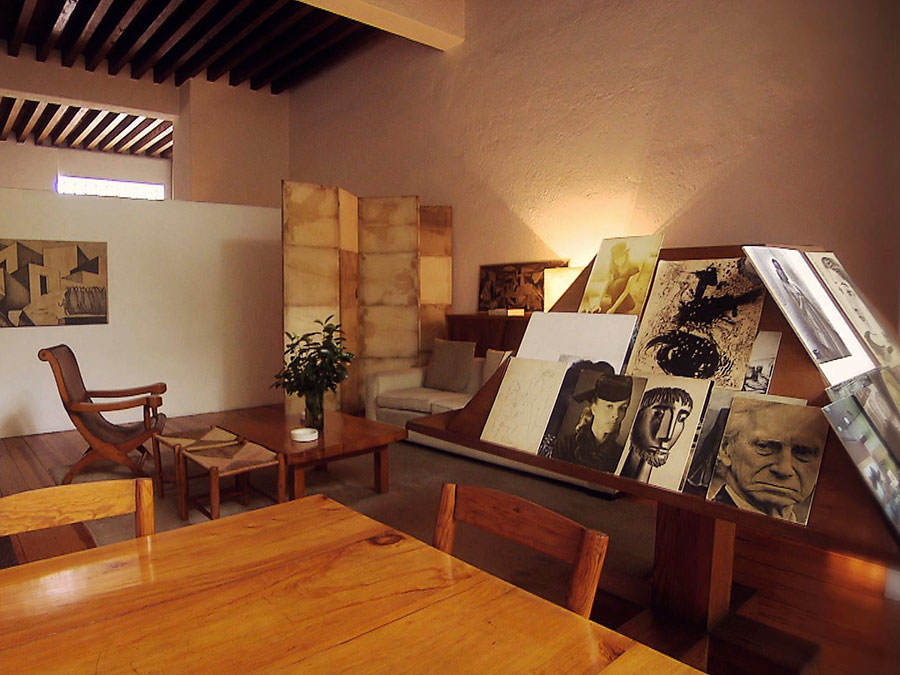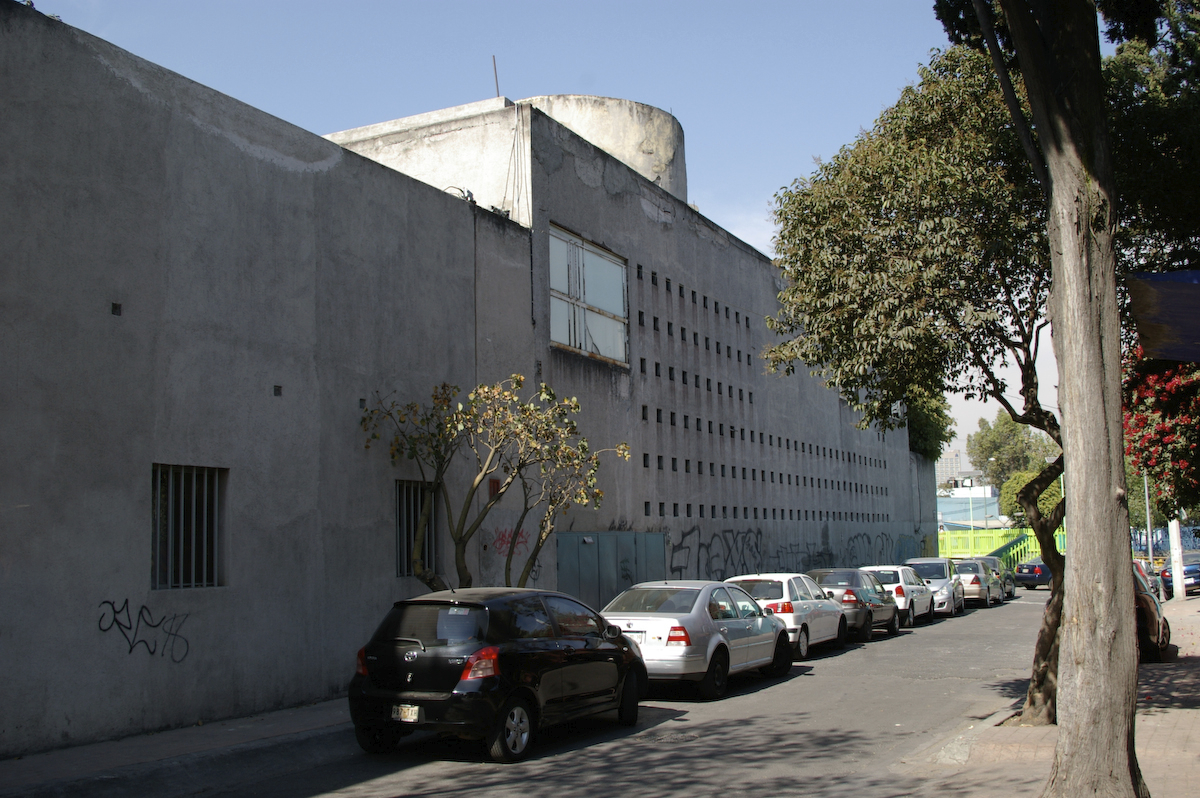

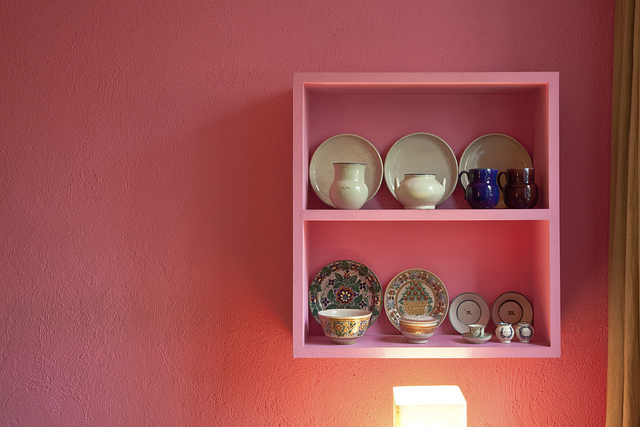
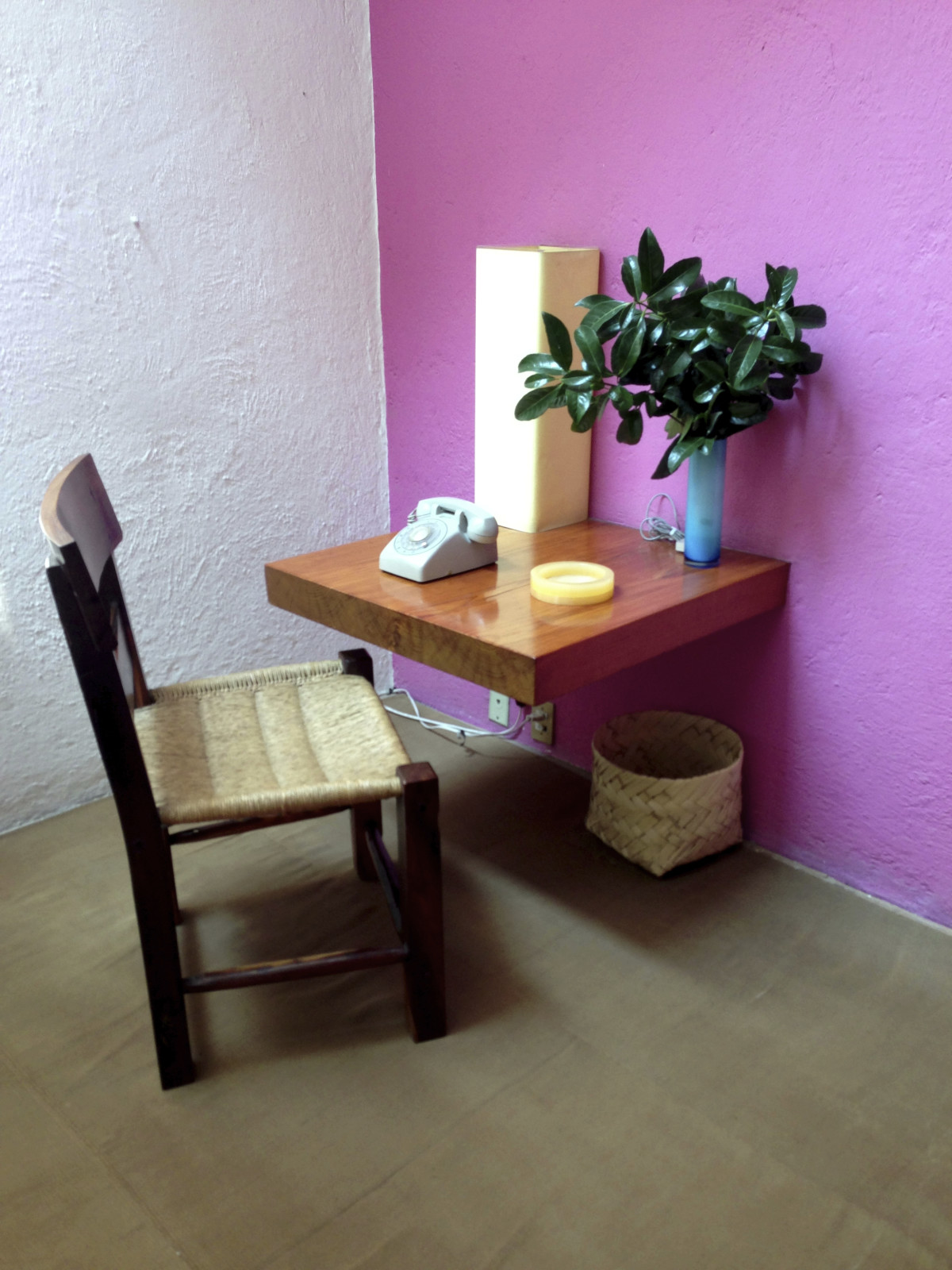
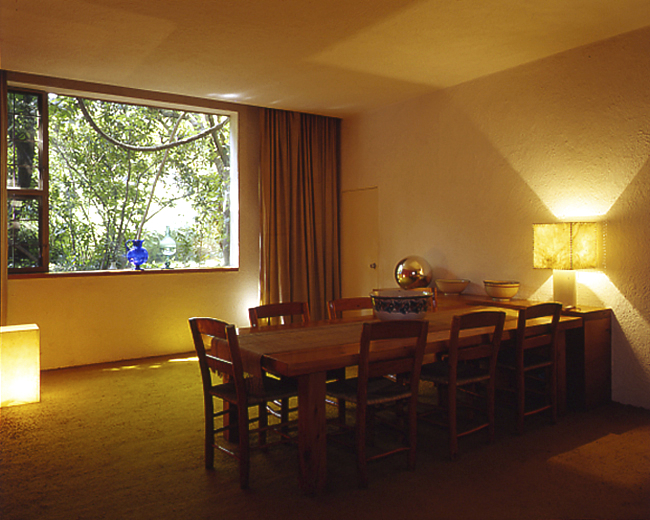
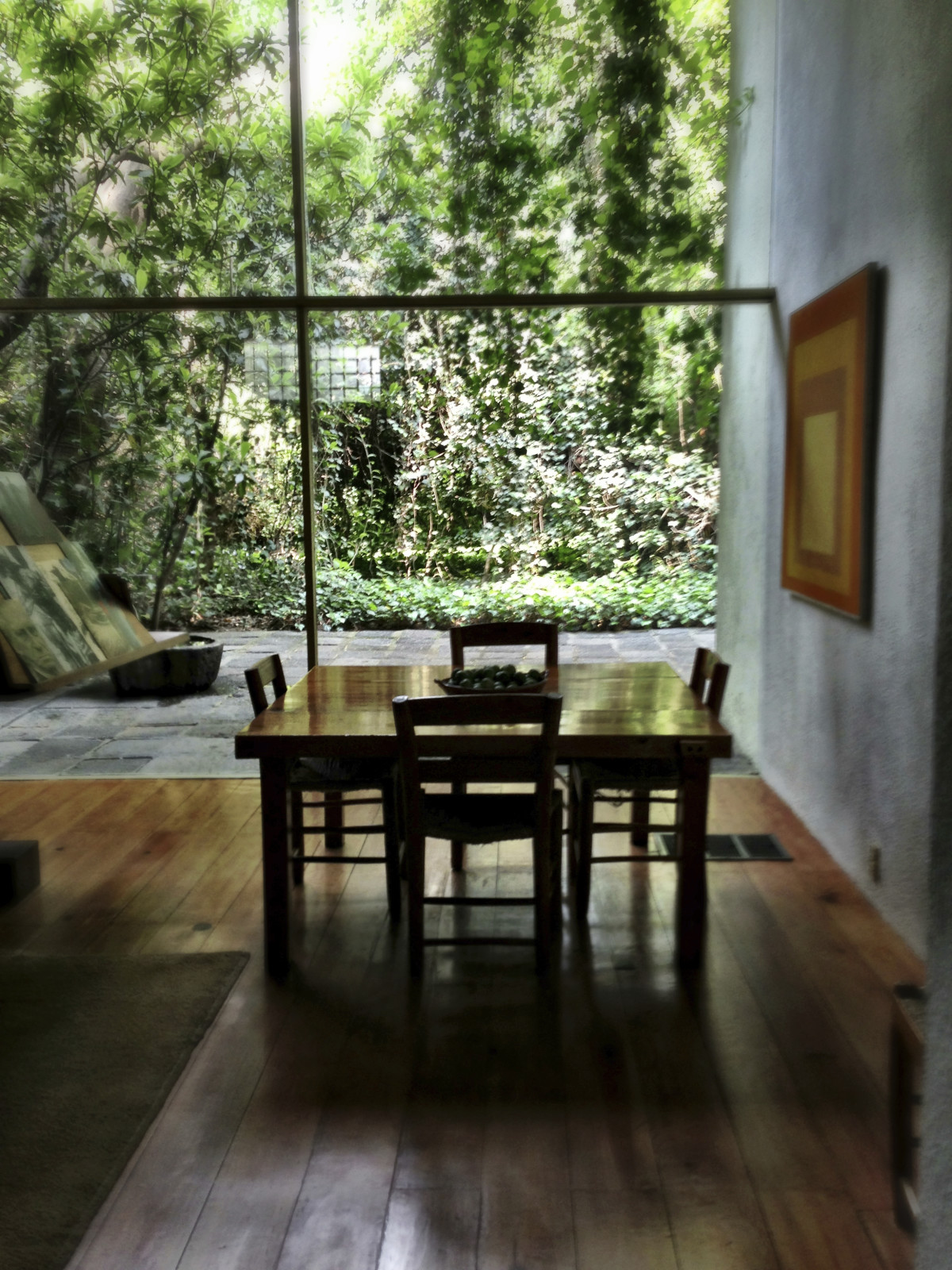
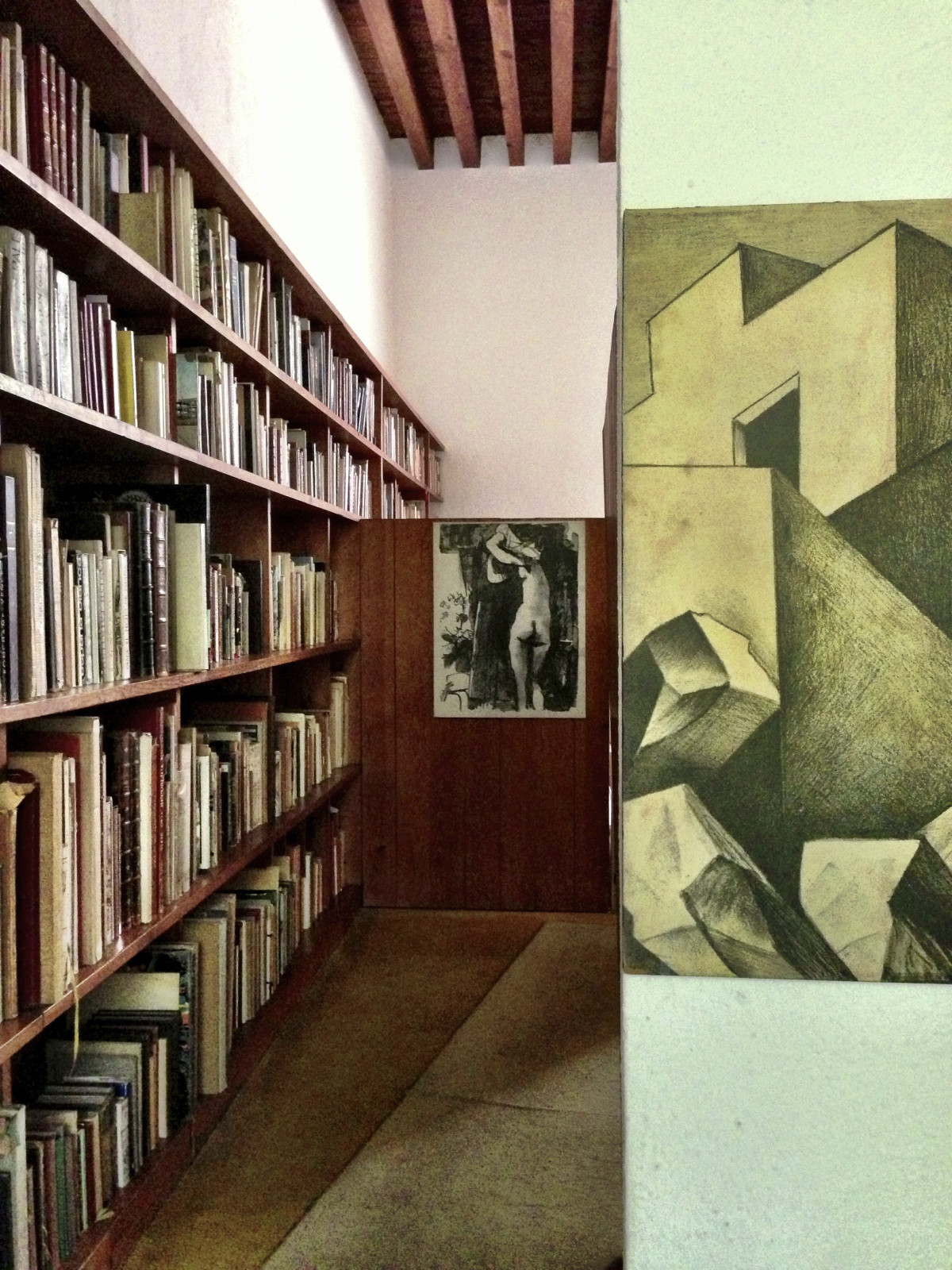


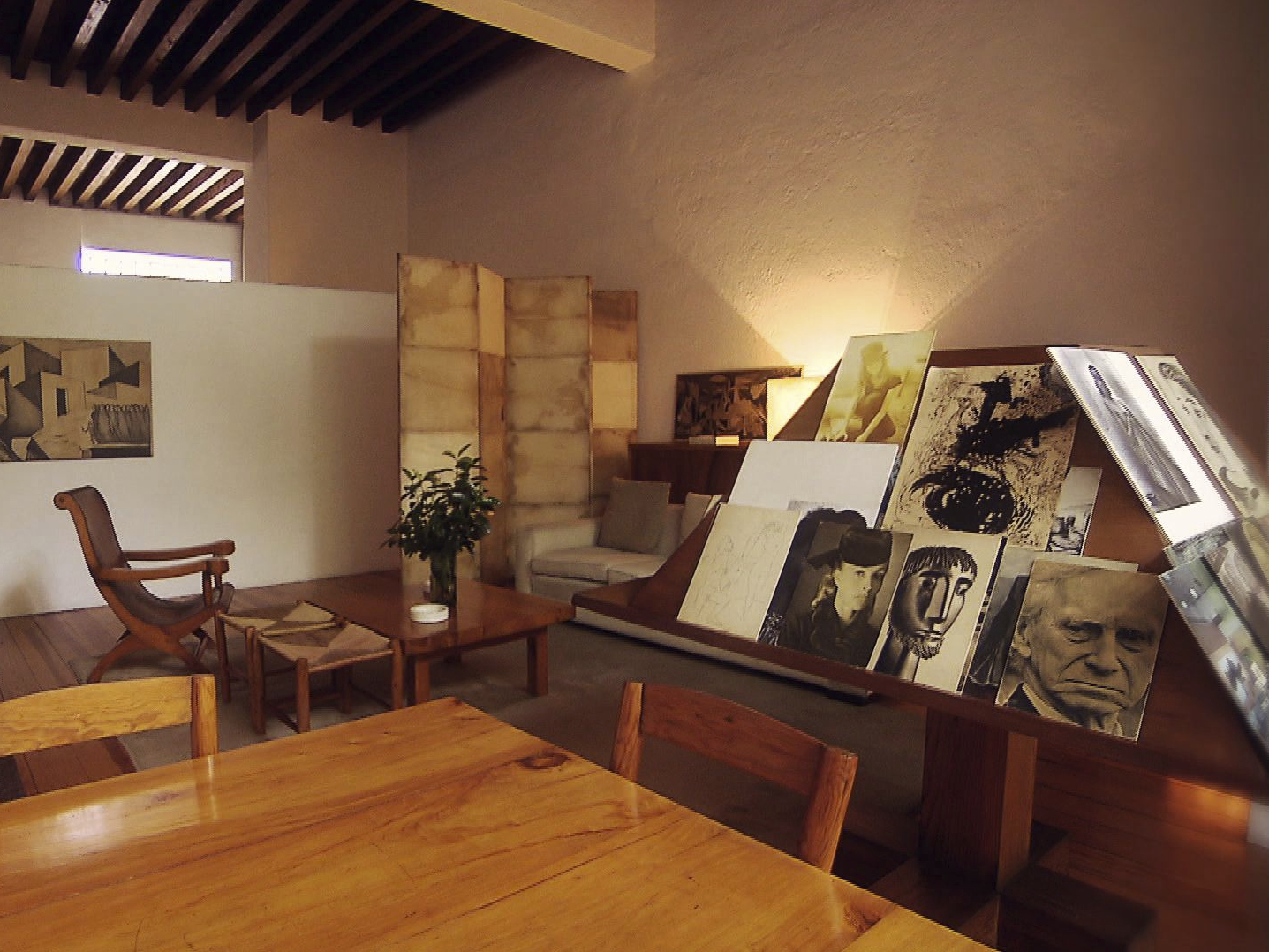
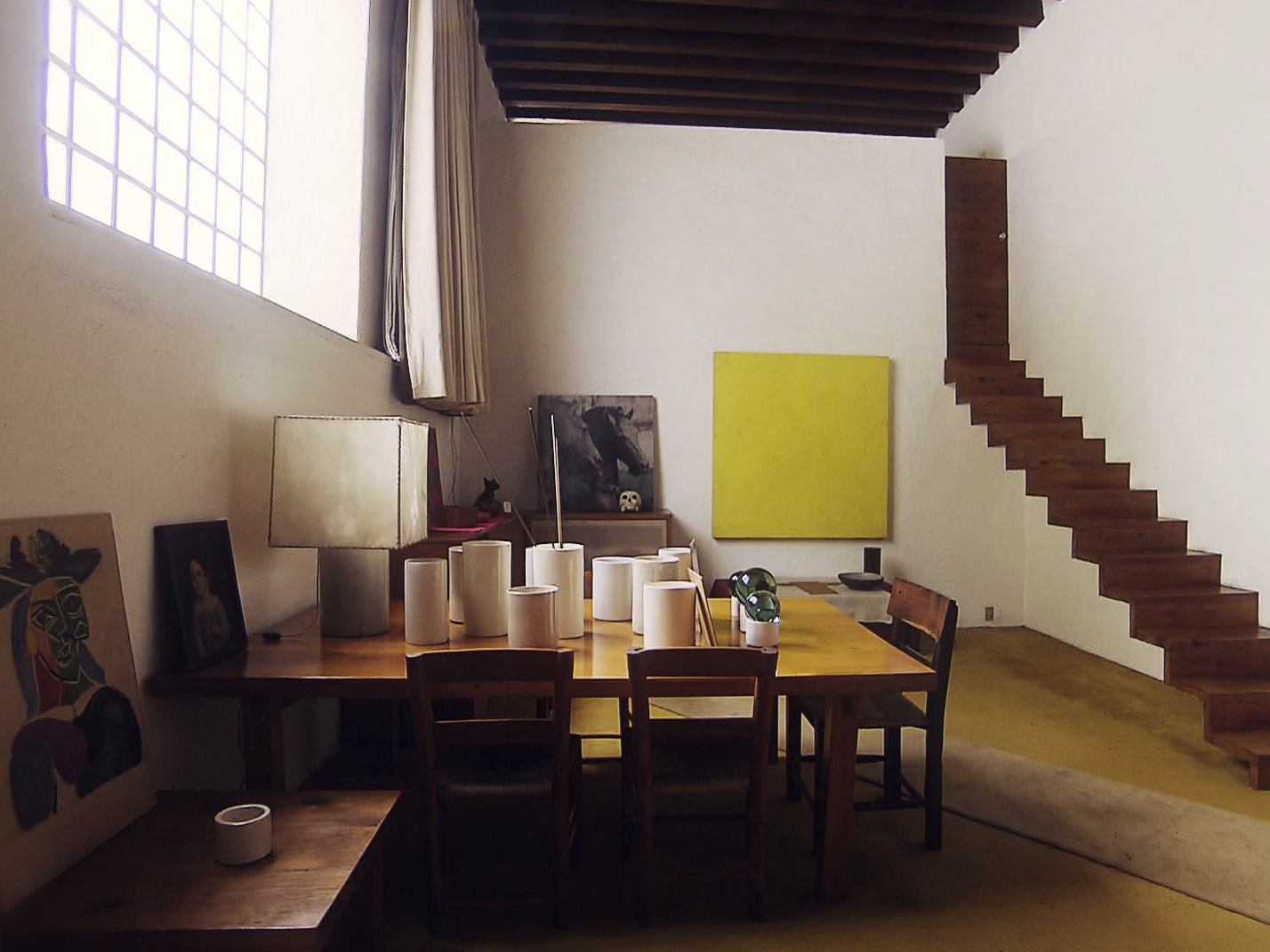

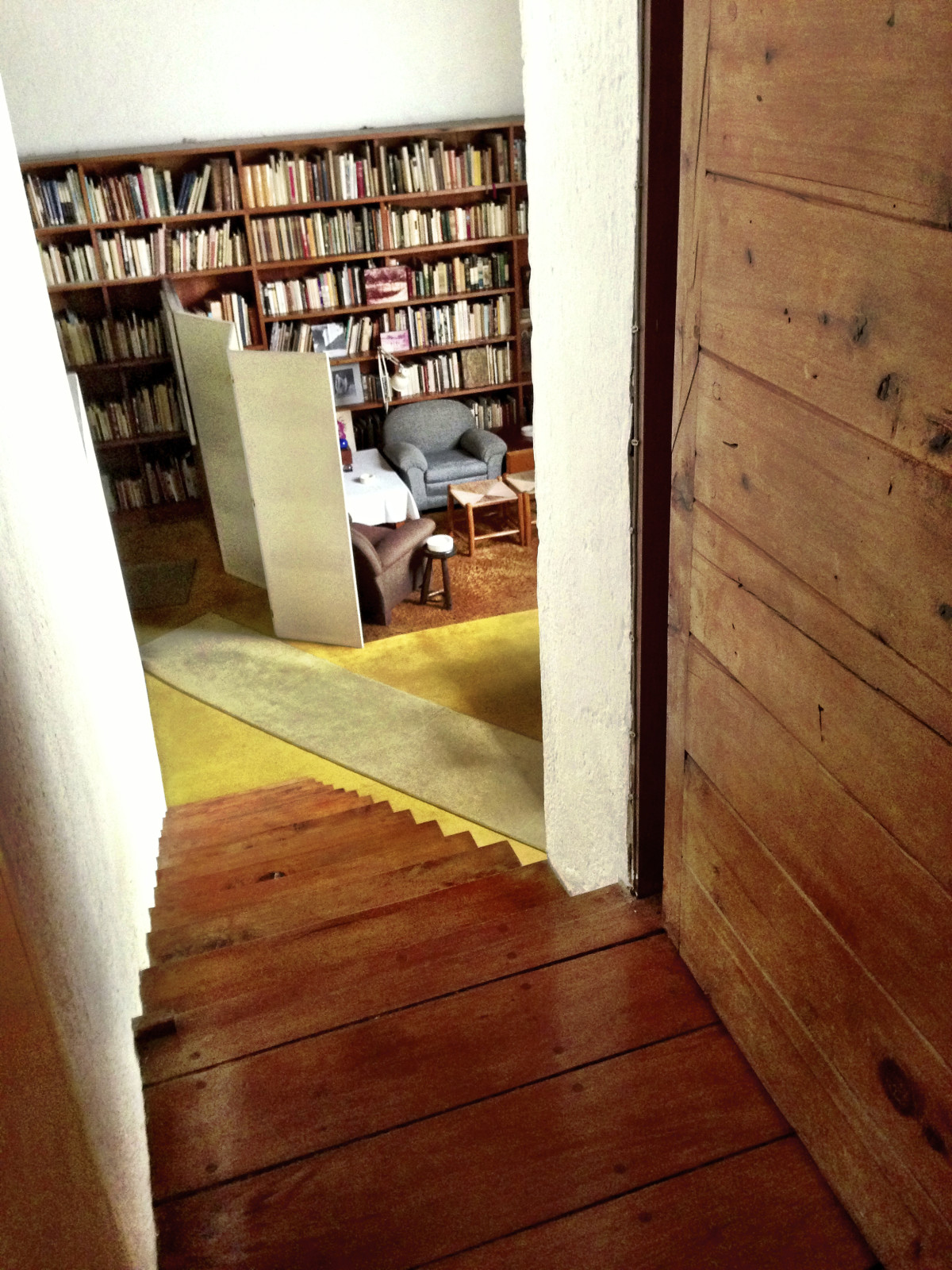
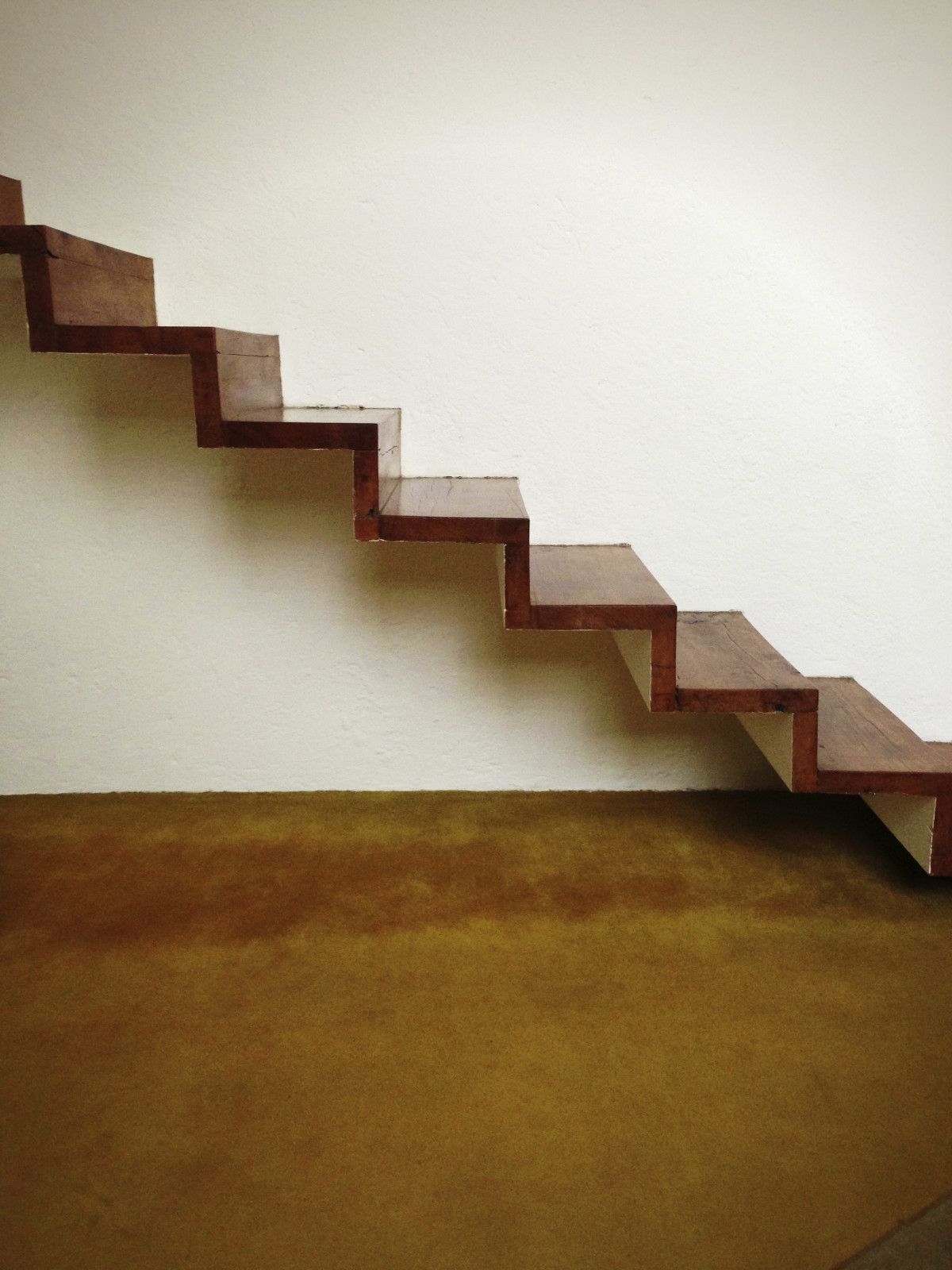
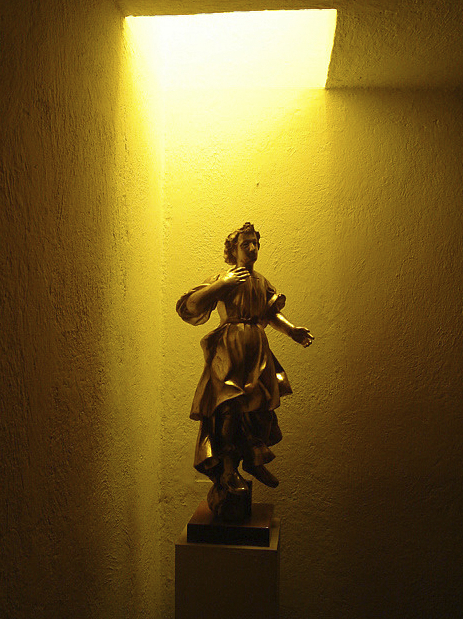
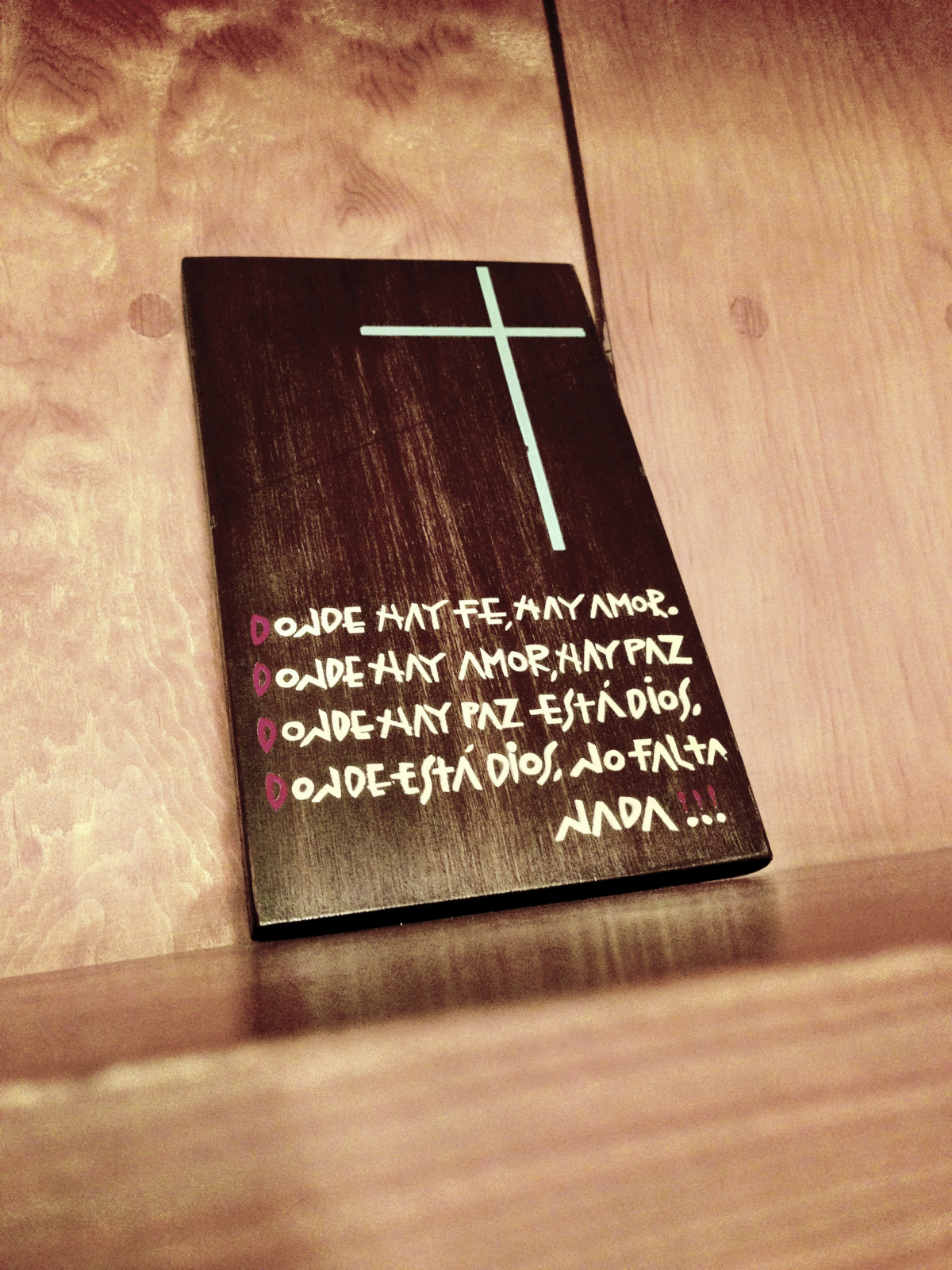
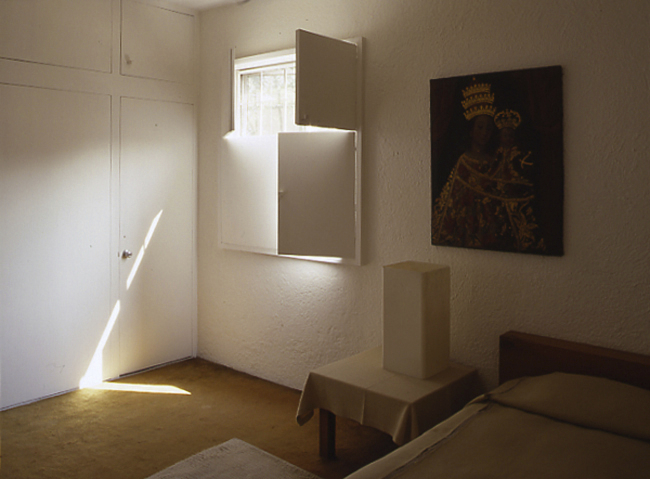
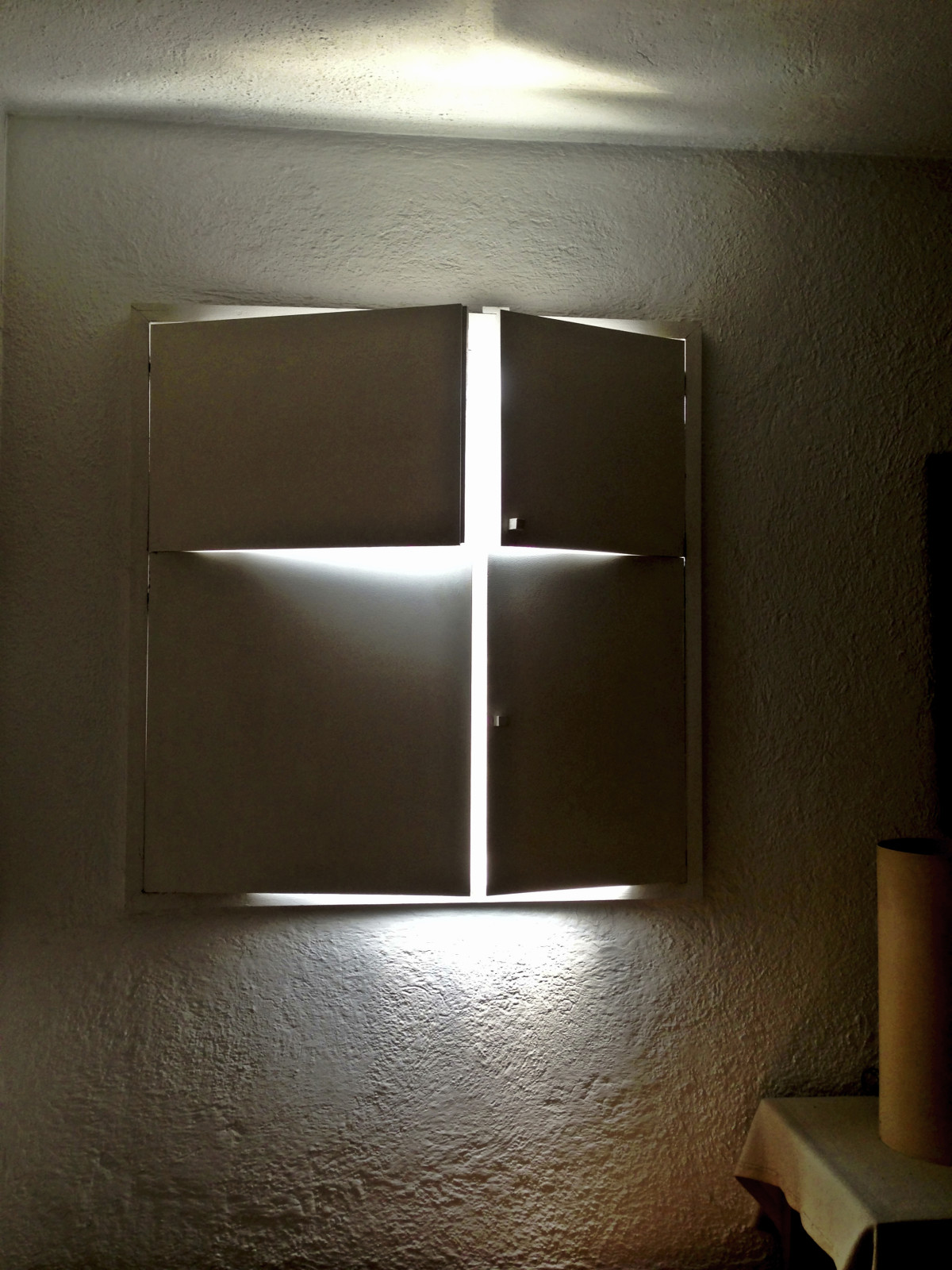
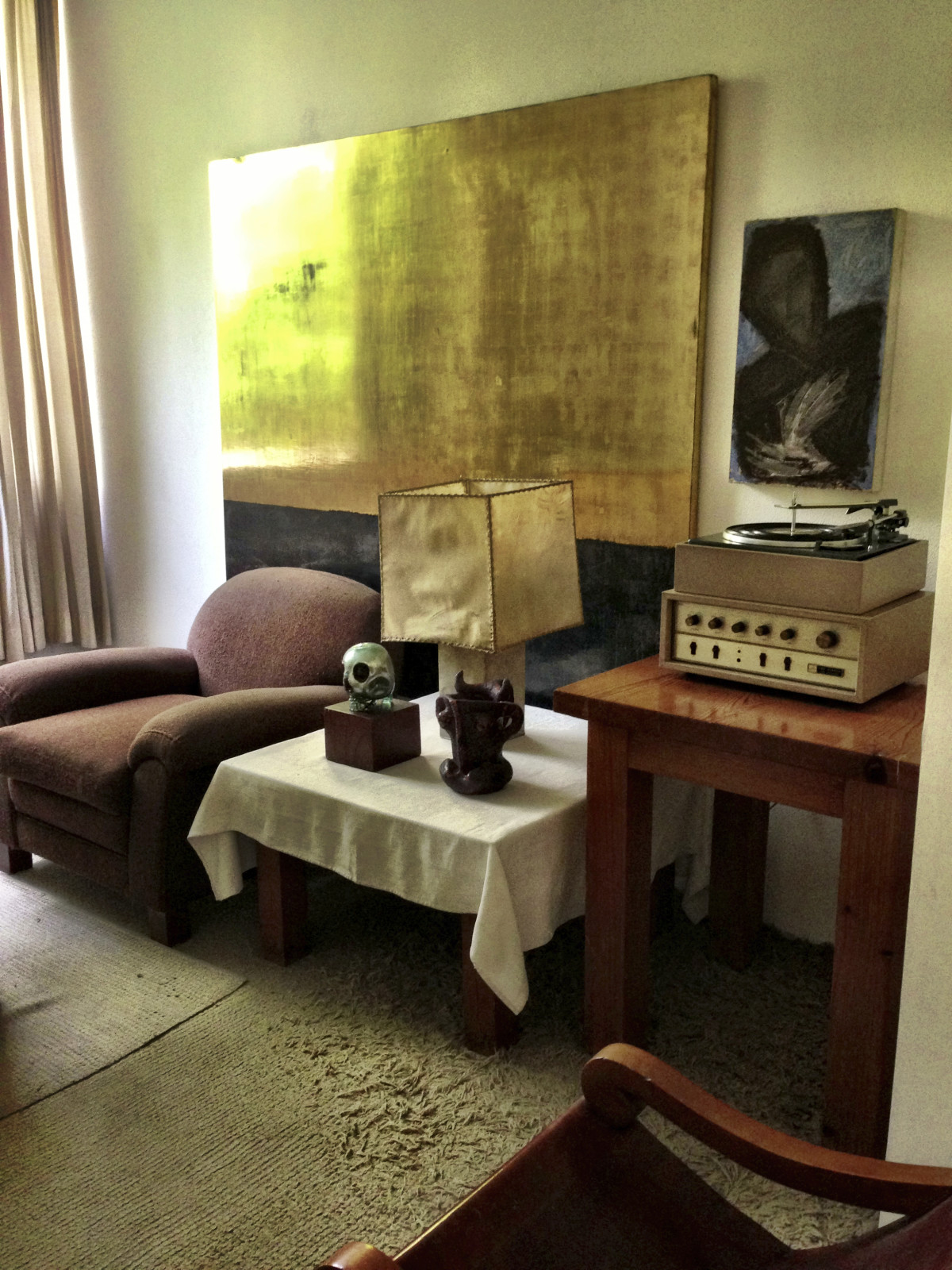

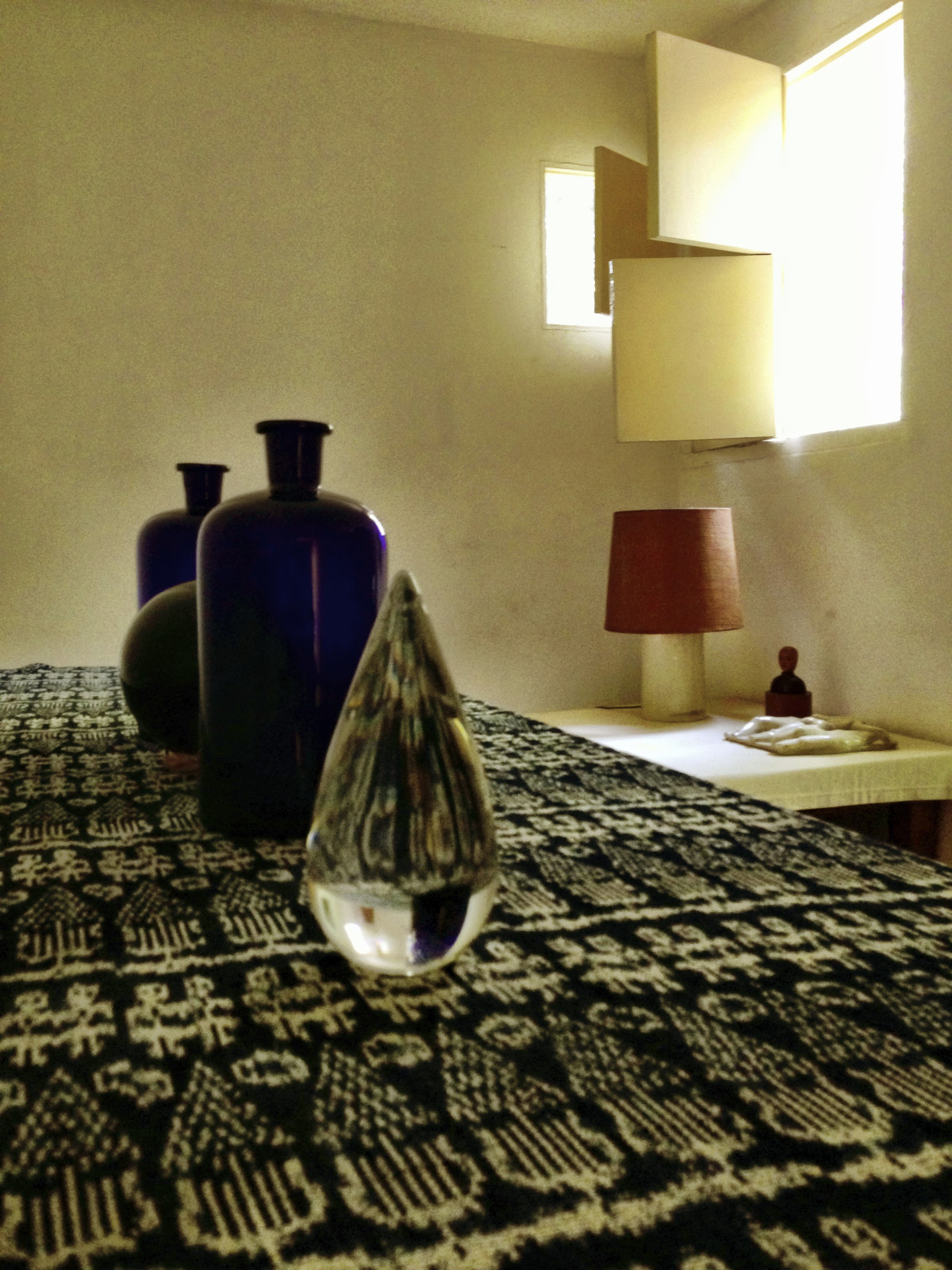
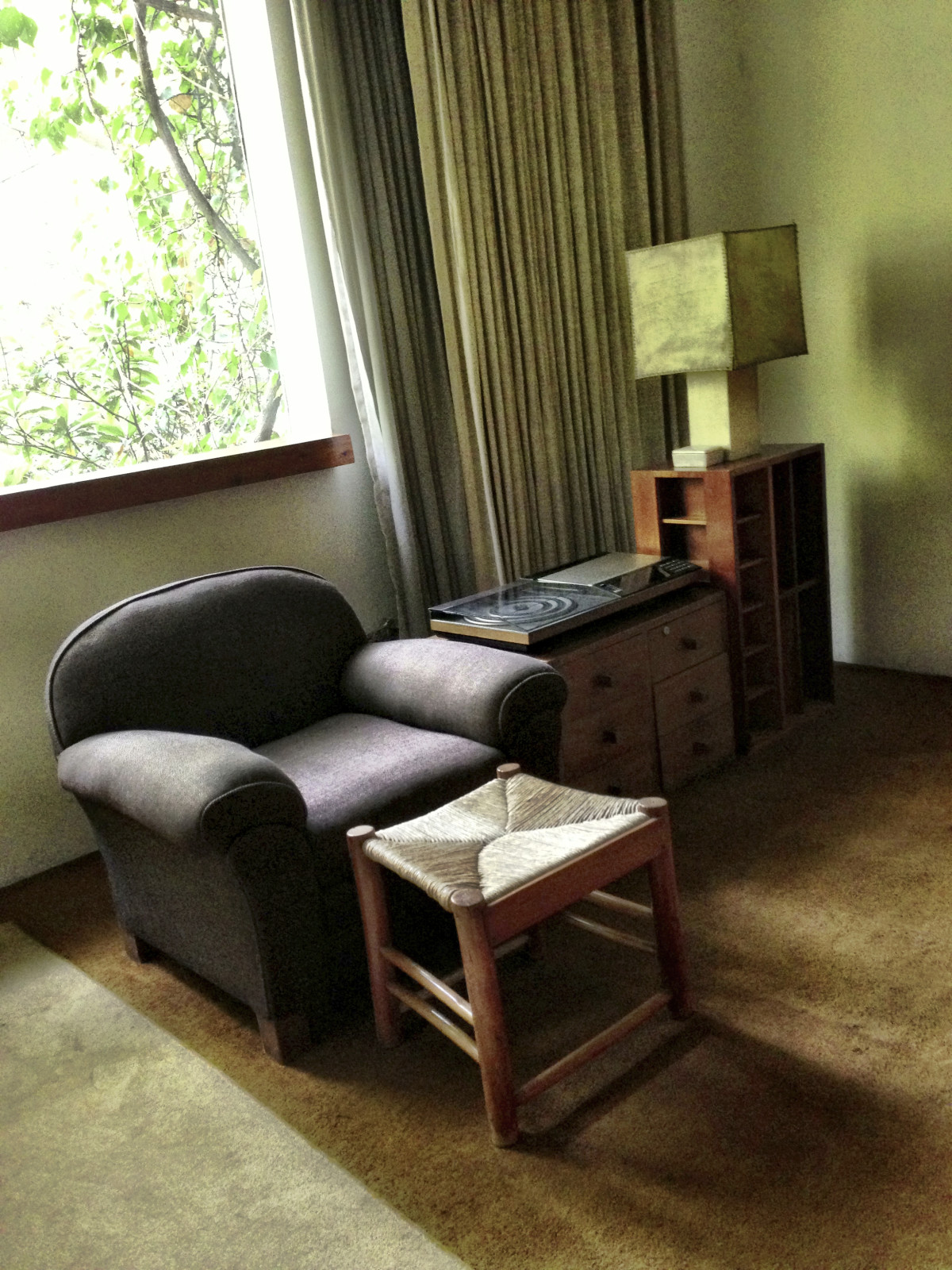
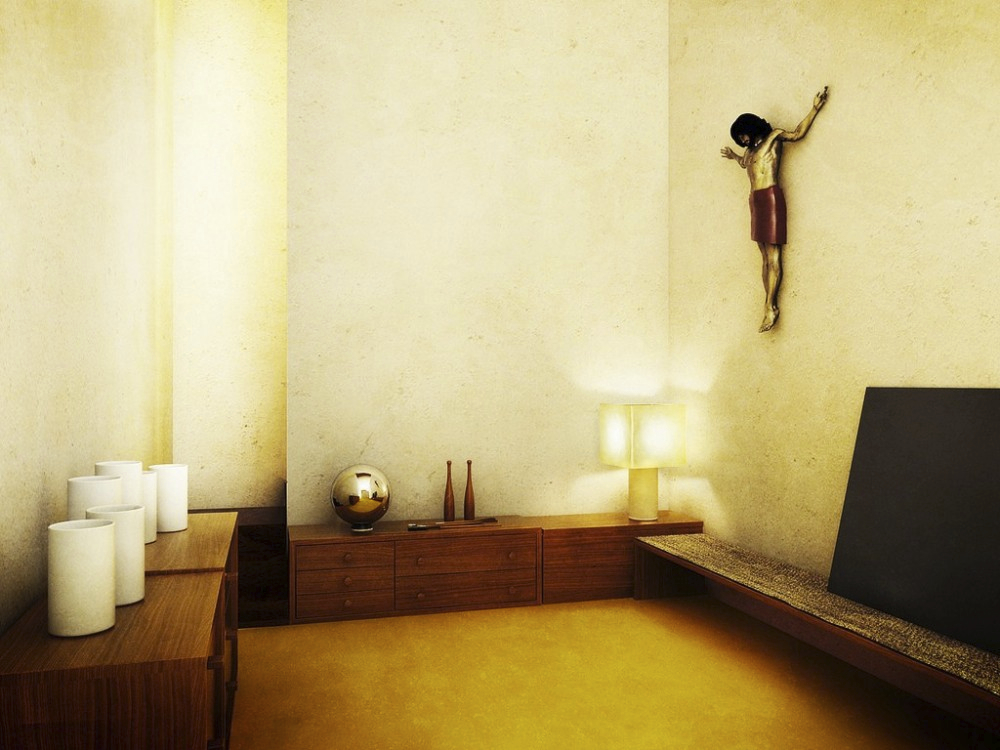
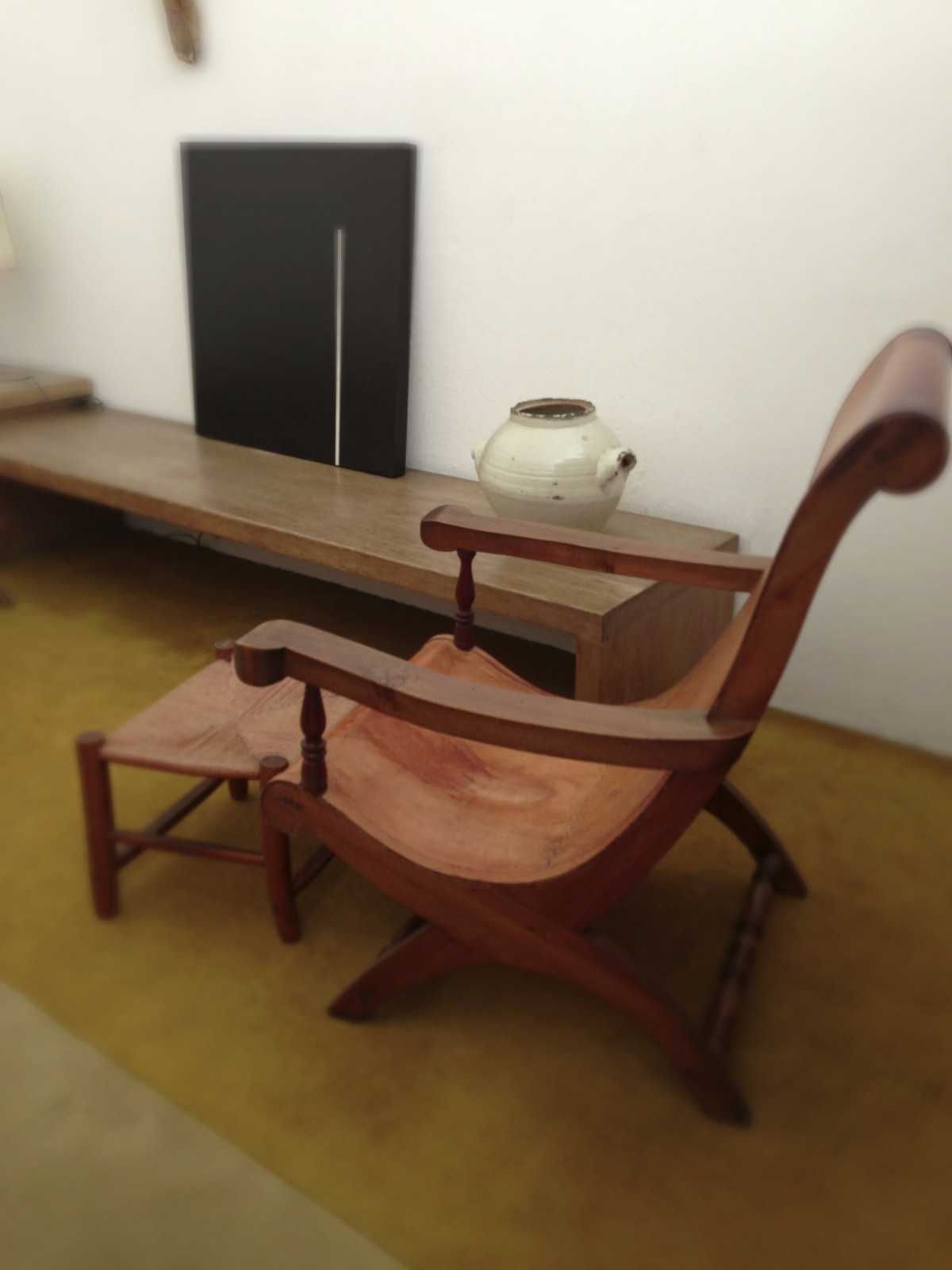

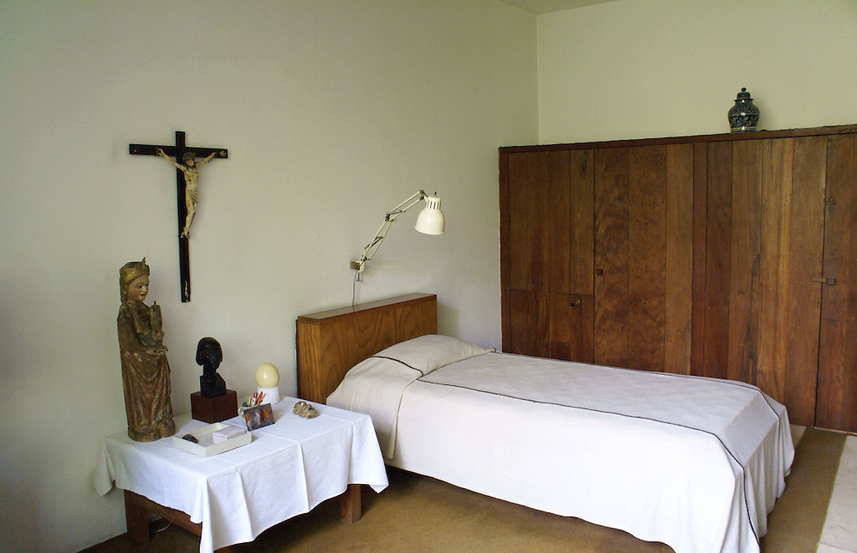
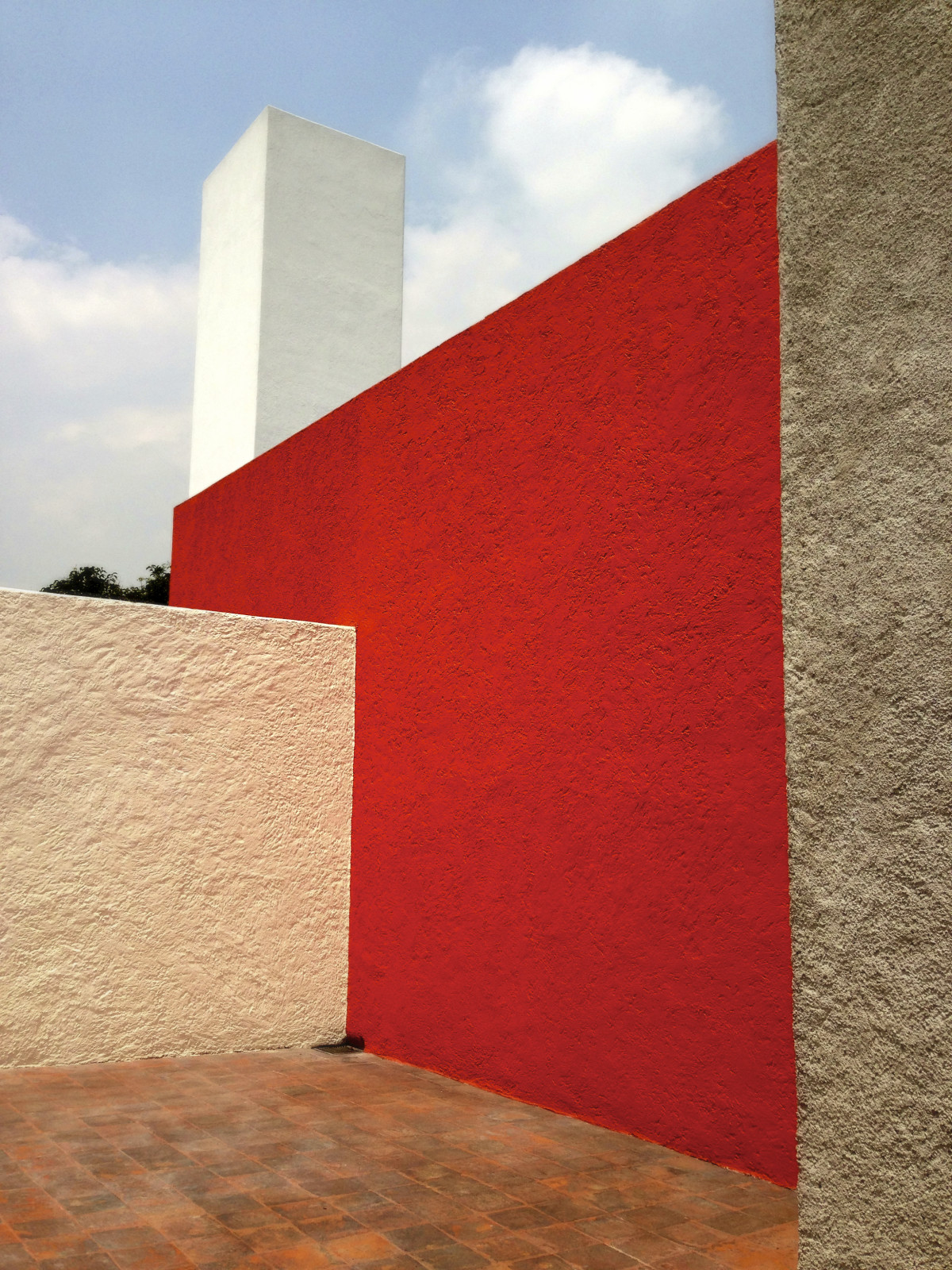
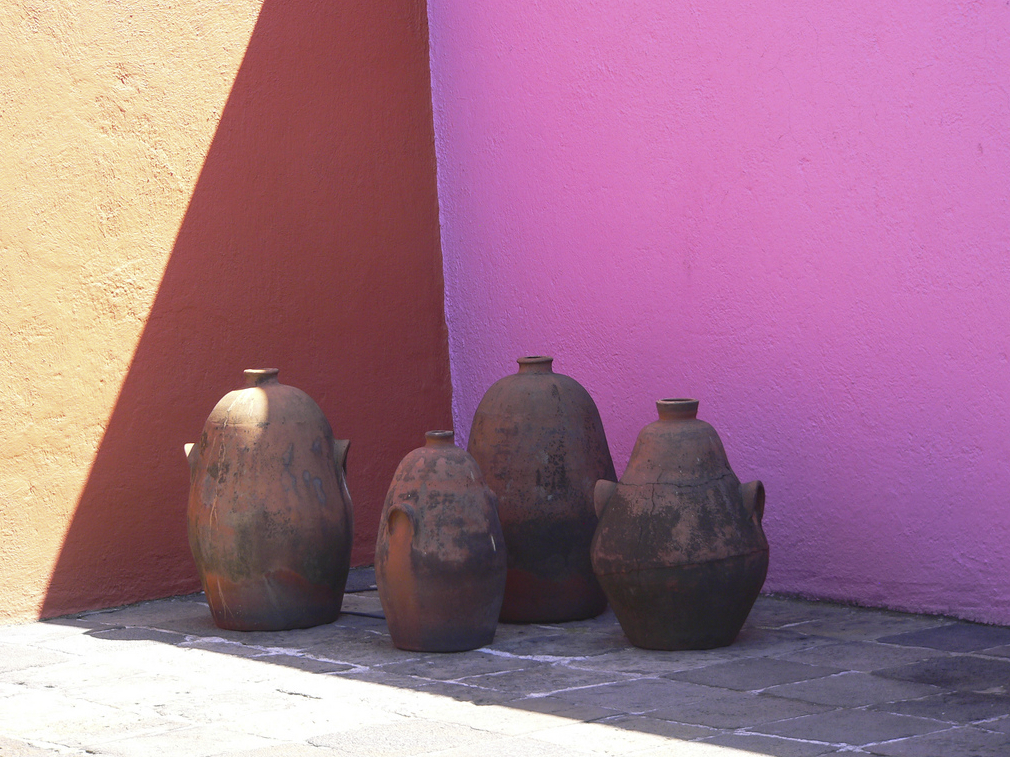

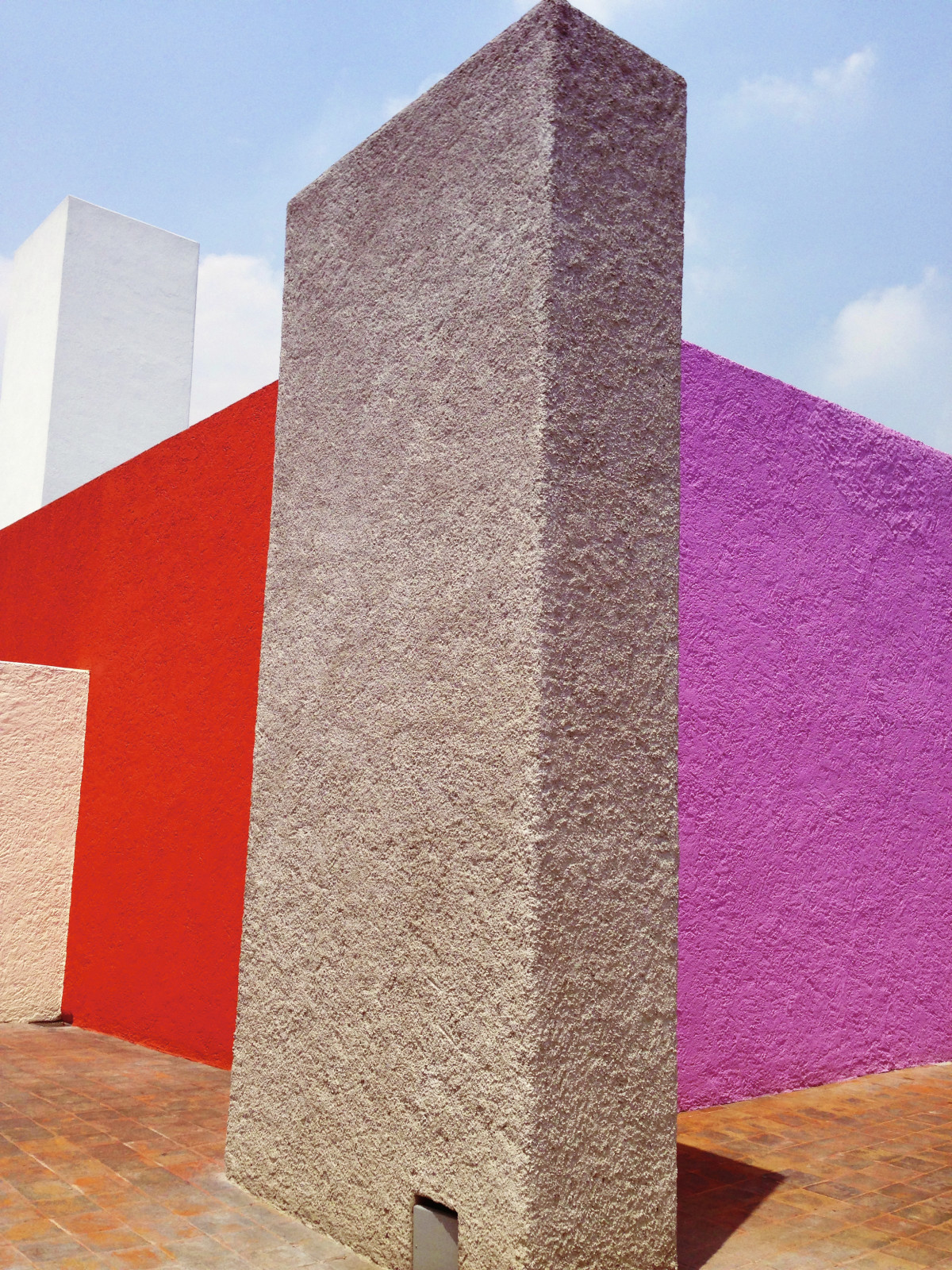
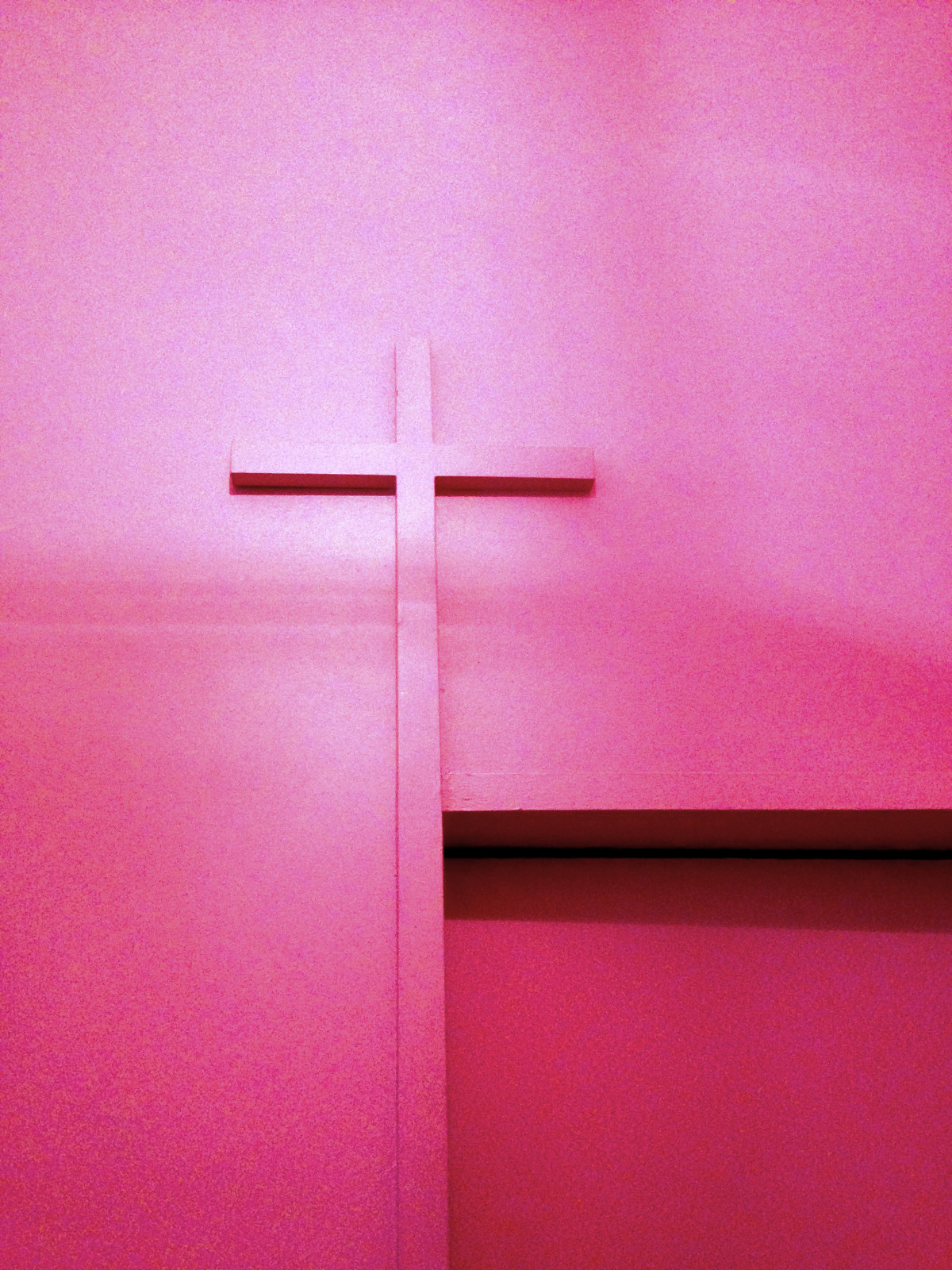


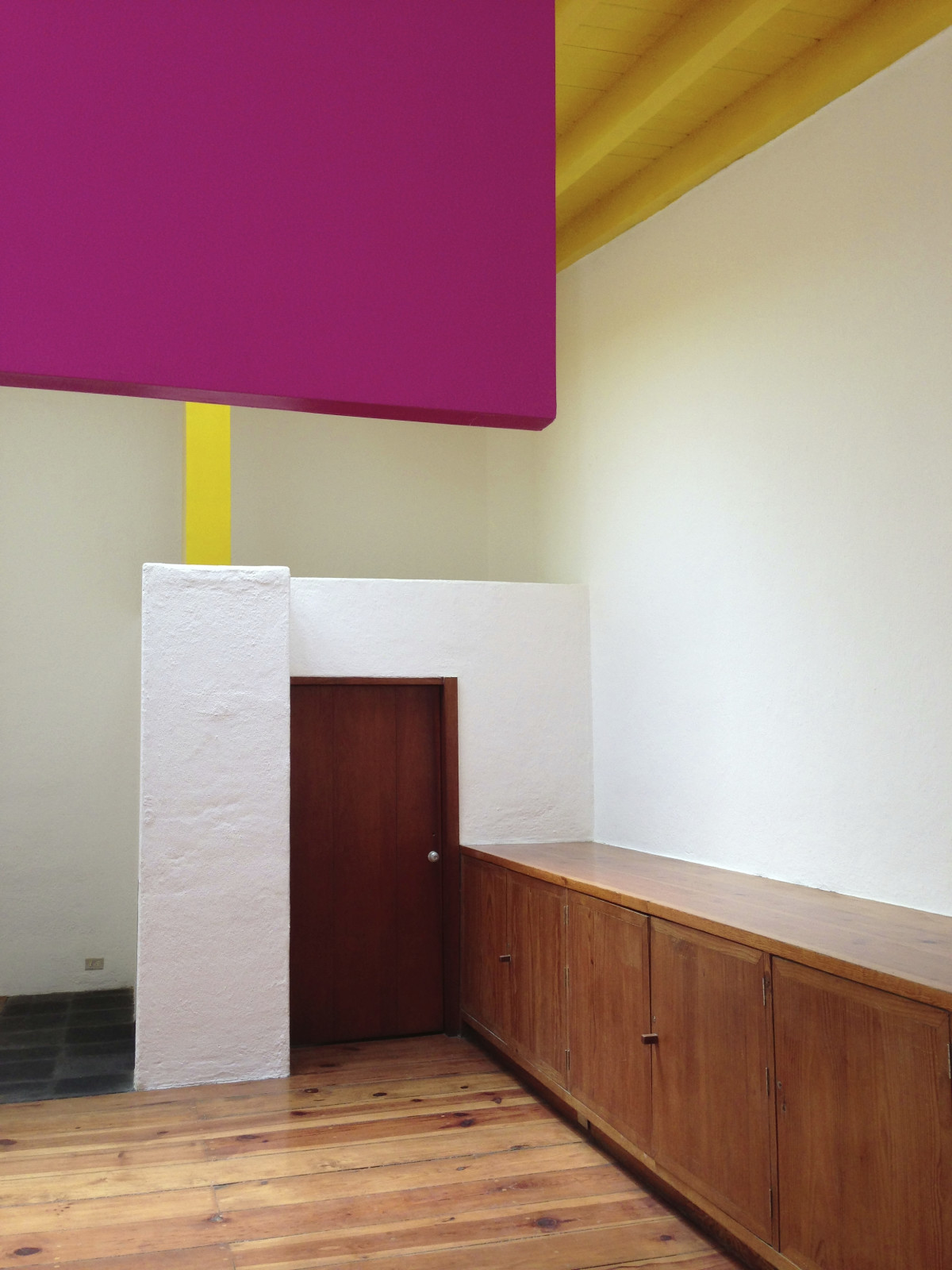
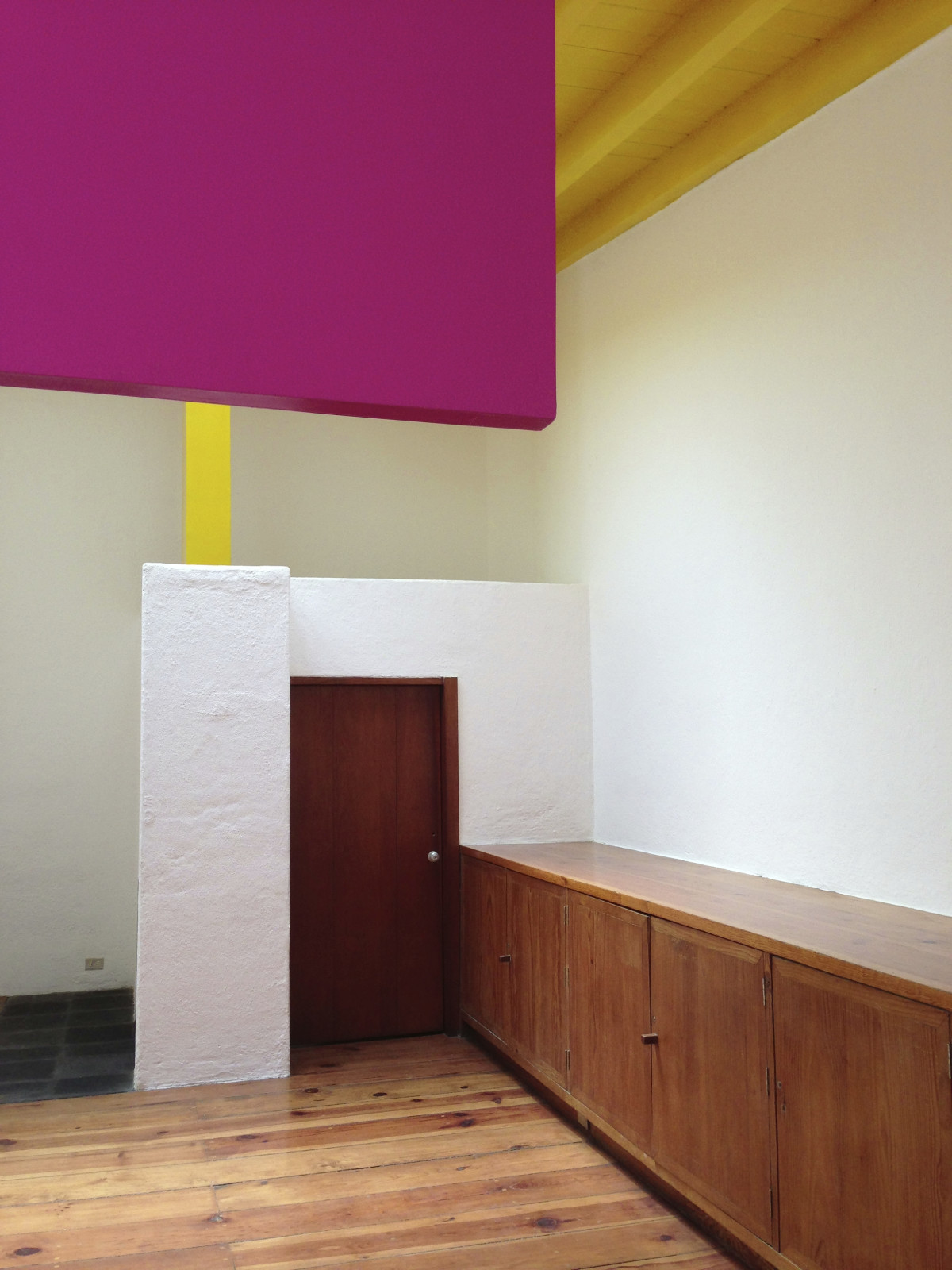
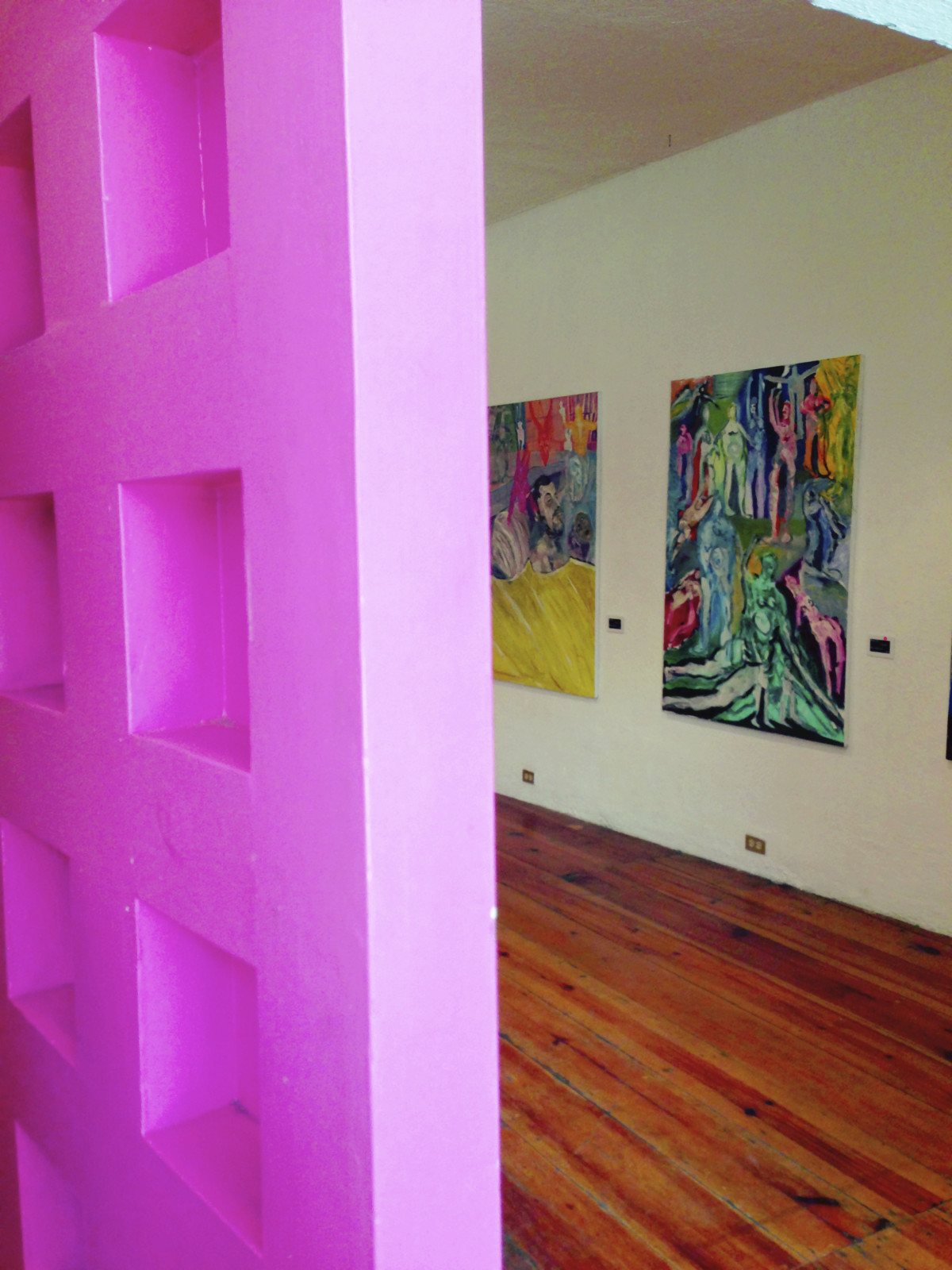
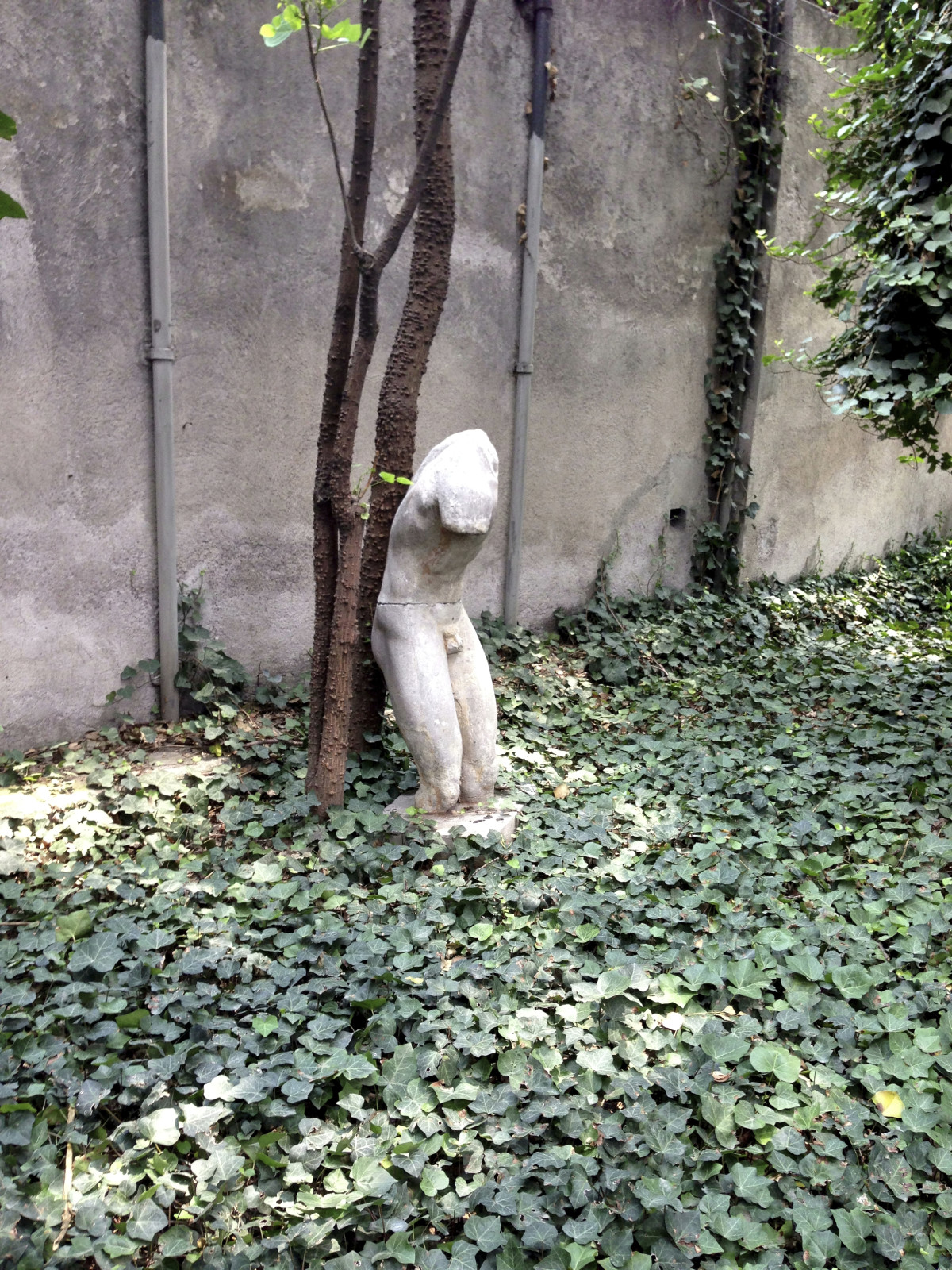
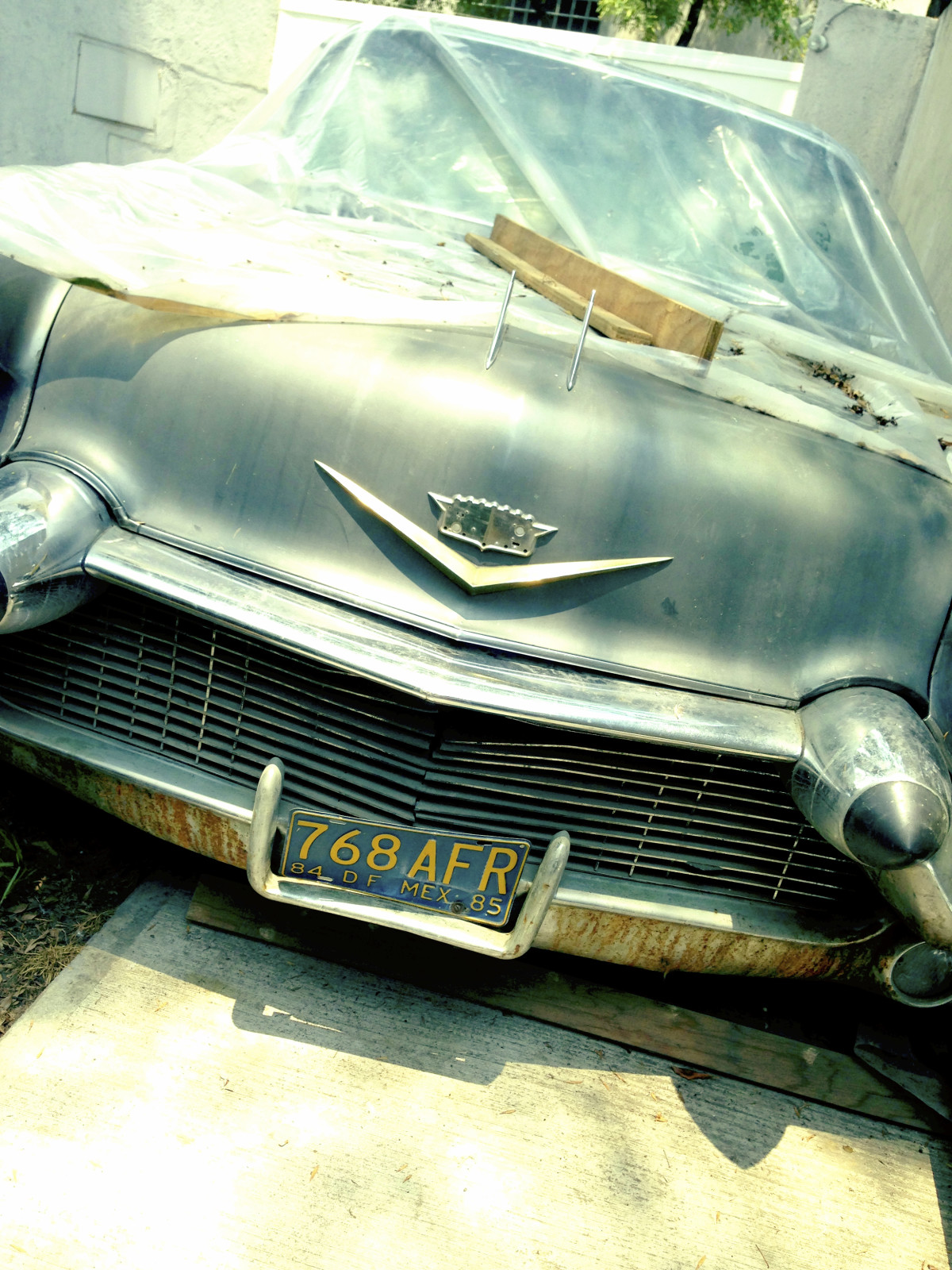
The Luis Barragán House and Studio, located in the west of Mexico City, was the residence of architect Luis Barragán in the years following the Second World War. Built in 1947, the house reflects Barragán’s design style during this period and remained his residence until his death in 1988.
Today it is a museum, run by Barragan’s home state of Jalisco and the Arquitectura Tapatía Luis Barragán Foundation, with tours available only by appointment. In 2004, it was named a World Heritage Site by UNESCO because it is one of the most influential and representative example of modern Mexican architecture.
The area of the house was originally just outside the historic town of Tacubaya. The house was built on property that Barragán probably purchased in 1939 as part of a larger development at a time when his career was shifting from real estate to architecture. He eventually sold the rest of the land, keeping that area for himself. The predecessor to the house is the “Ortega House,” which made use of a preexisting building. Barragán lived there from 1943 to 1947.The house was designed and built in 1947 for Luz Escandón de R. Valenzuela, but in 1948, Barragán decided to move into it himself, despite the fact that at the time he was developing the elite subdivision Jardines del Pedregal in the south of the city. Barragán lived there until his death in 1988, and during this time the house underwent many modifications, functioning as a kind of laboratory for his ideas.
In 1993, the government of the state of Jalisco and Arquitectura Tapatía Luis Barragán Foundation acquired the house, turning it into a museum in 1994. In 2004, it was named a World Heritage Site by UNESCO, the only private residence in Latin America to be named so. It was named because of its representation of 20th century architecture, which integrated traditional and vernacular elements and mixes various philosophical and artistic tendencies of the mid 20th century. It has also named as one of the ten most important houses constructed in the 20th century. It has also been the subject of various publications including the book,“La casa de Luis Barragán,” written by three experts on Barragán’s work. Despite its importance, the house is little known to Mexico City tourism, generally visited by architects and art aficionados from various parts of the world.
The house was completely restored in 1995 at a cost of 250,000 pesos for its function as a museum, with money coming from CONACULTA, the national lottery and the Jalisco government. As a key piece of 20th century architecture in Mexico, the house itself is the main exhibition. It includes the original furniture and Barragán’s personal objects. These include a mostly Mexican art collection spanning the 16th to 20th century, with works by Picasso, Diego Rivera, José Clemente Orozco,Jesús Reyes Ferreira and Miguel Covarrubias .The museum is run by the state of Jalisco (Barragán’s home state) and the Arquitectura Tapatía Luis Barragán Foundation. It maintains a library of about 3,000 publications and personal papers and photographs. It has also partnered with Monterrey Institute of Technology and Higher Education to create a faculty position named after the architect.
Joelle’s Picks:
See joellestagram gallery for comments on the interiors
